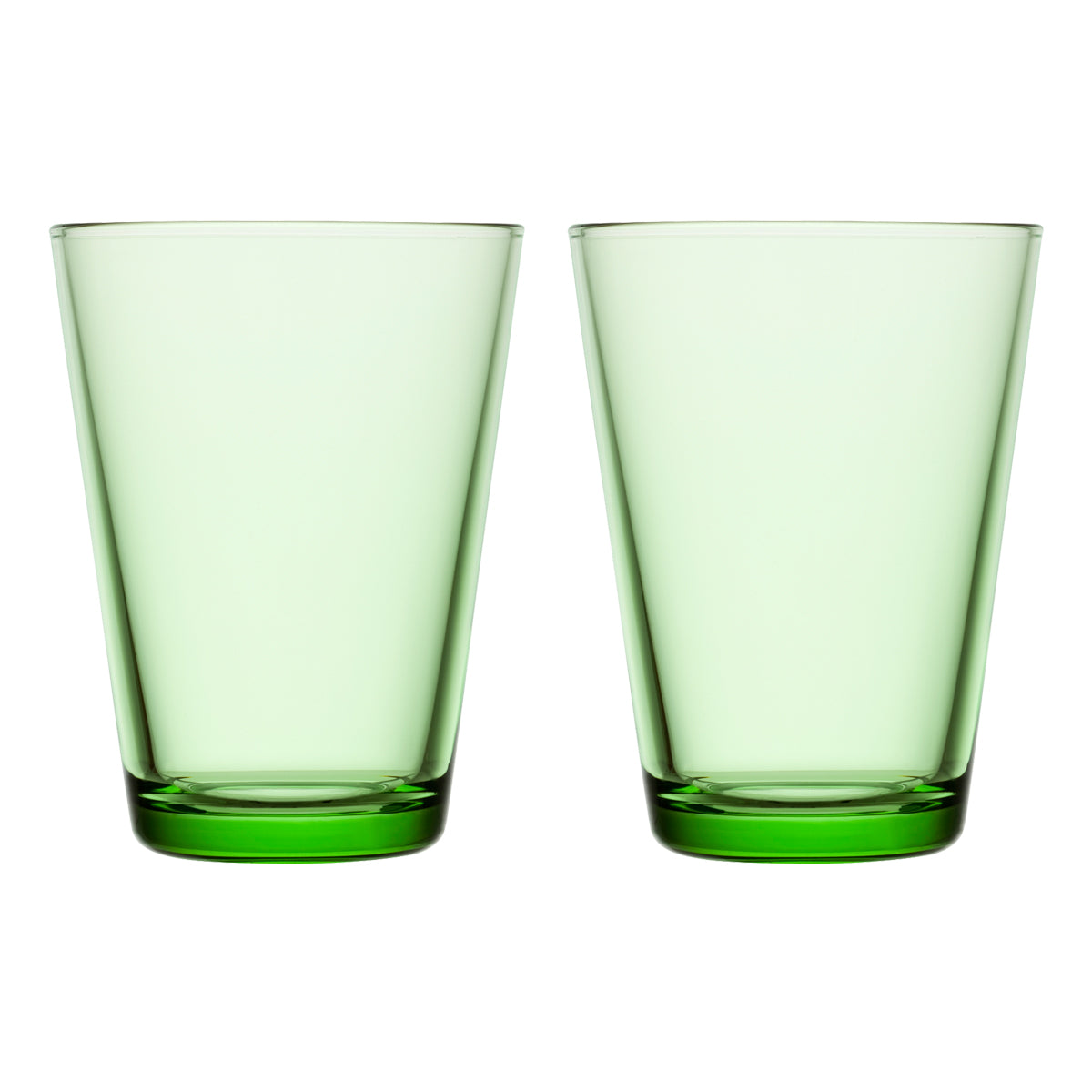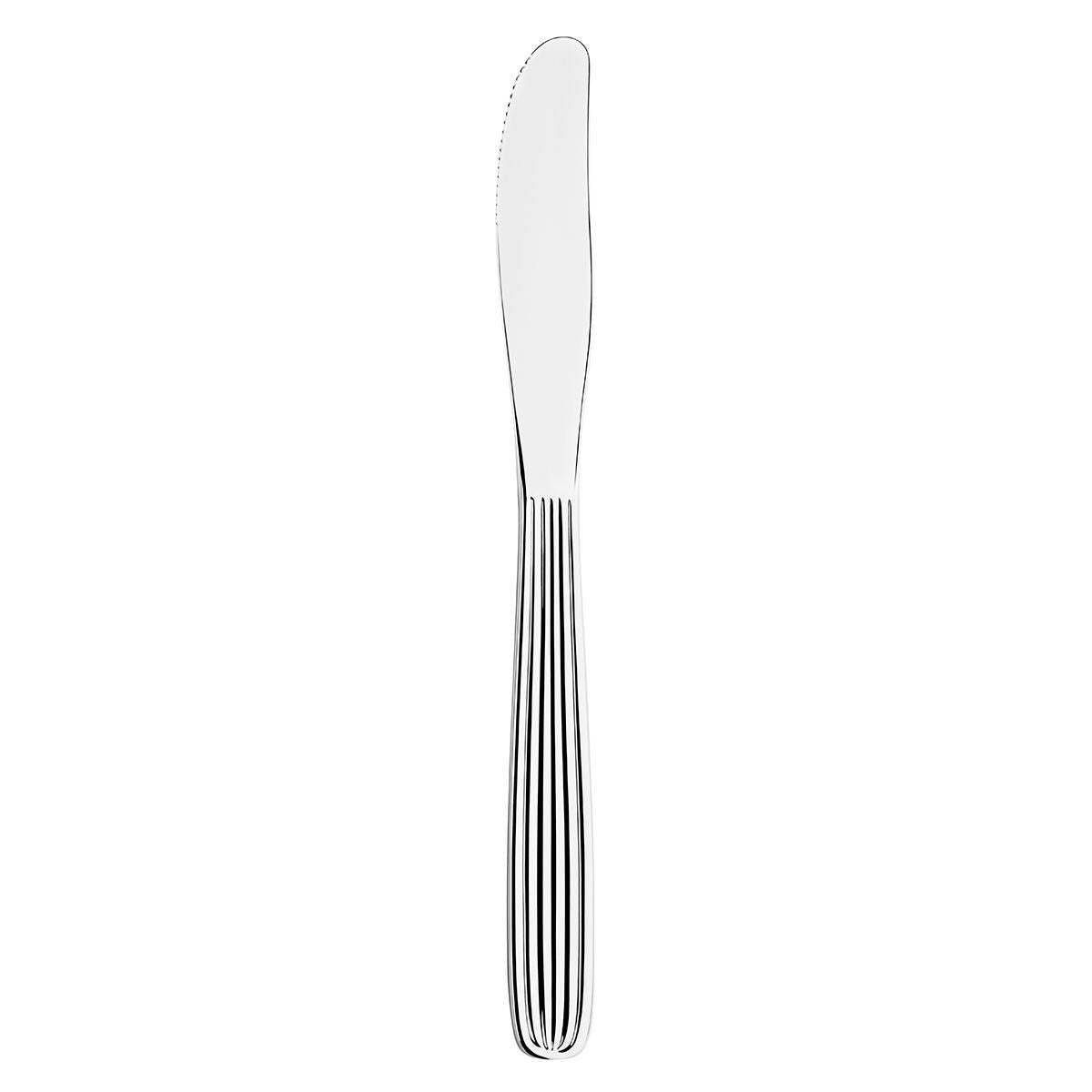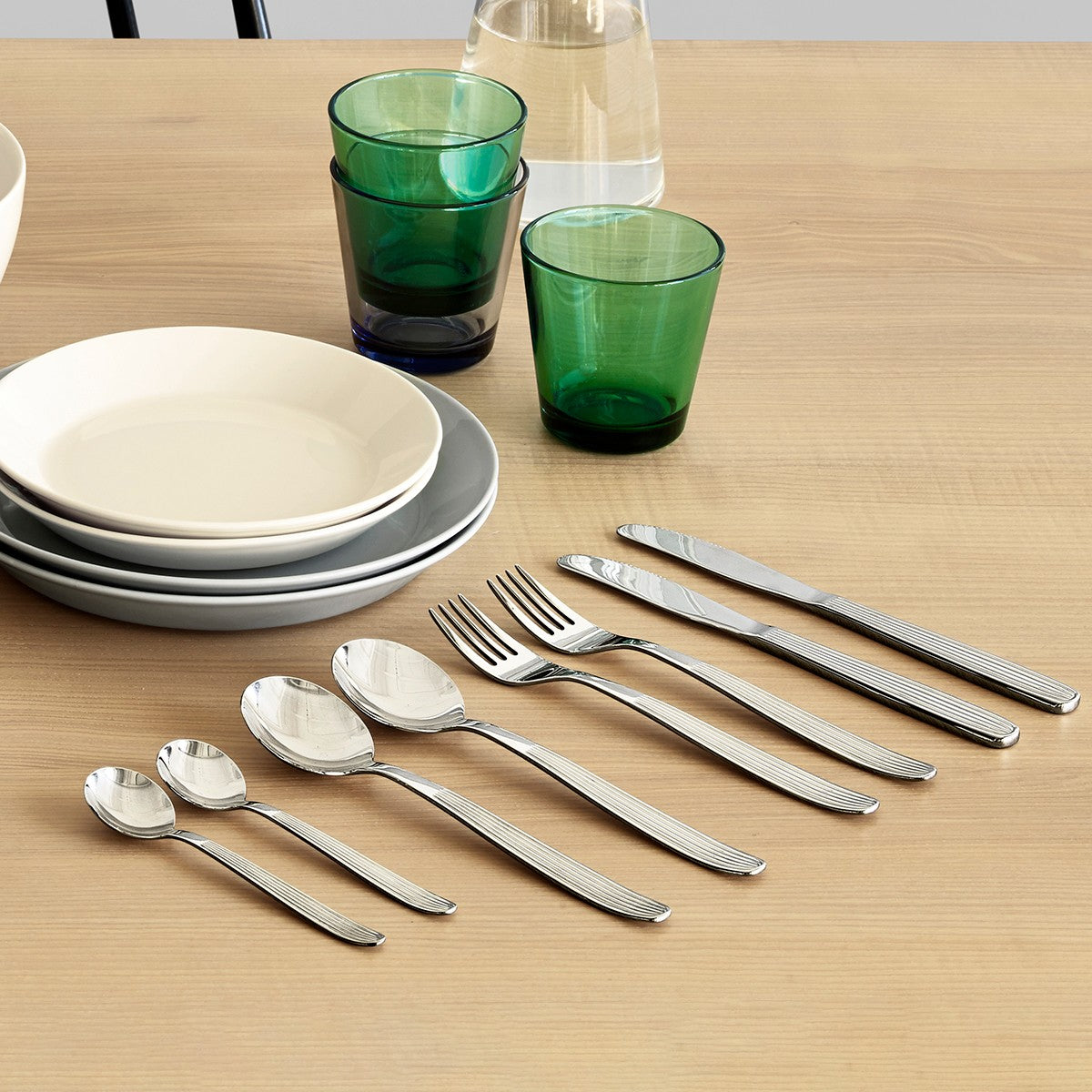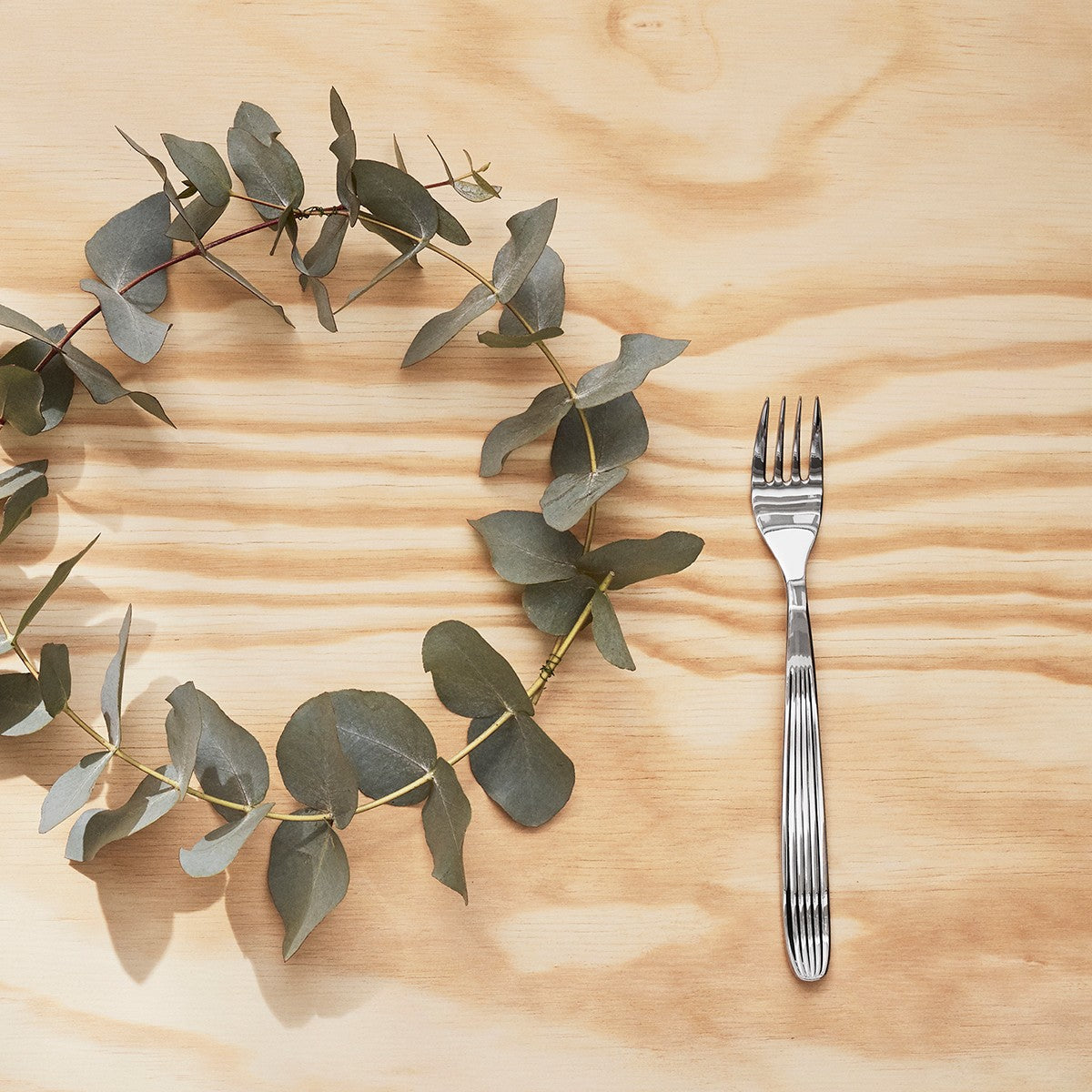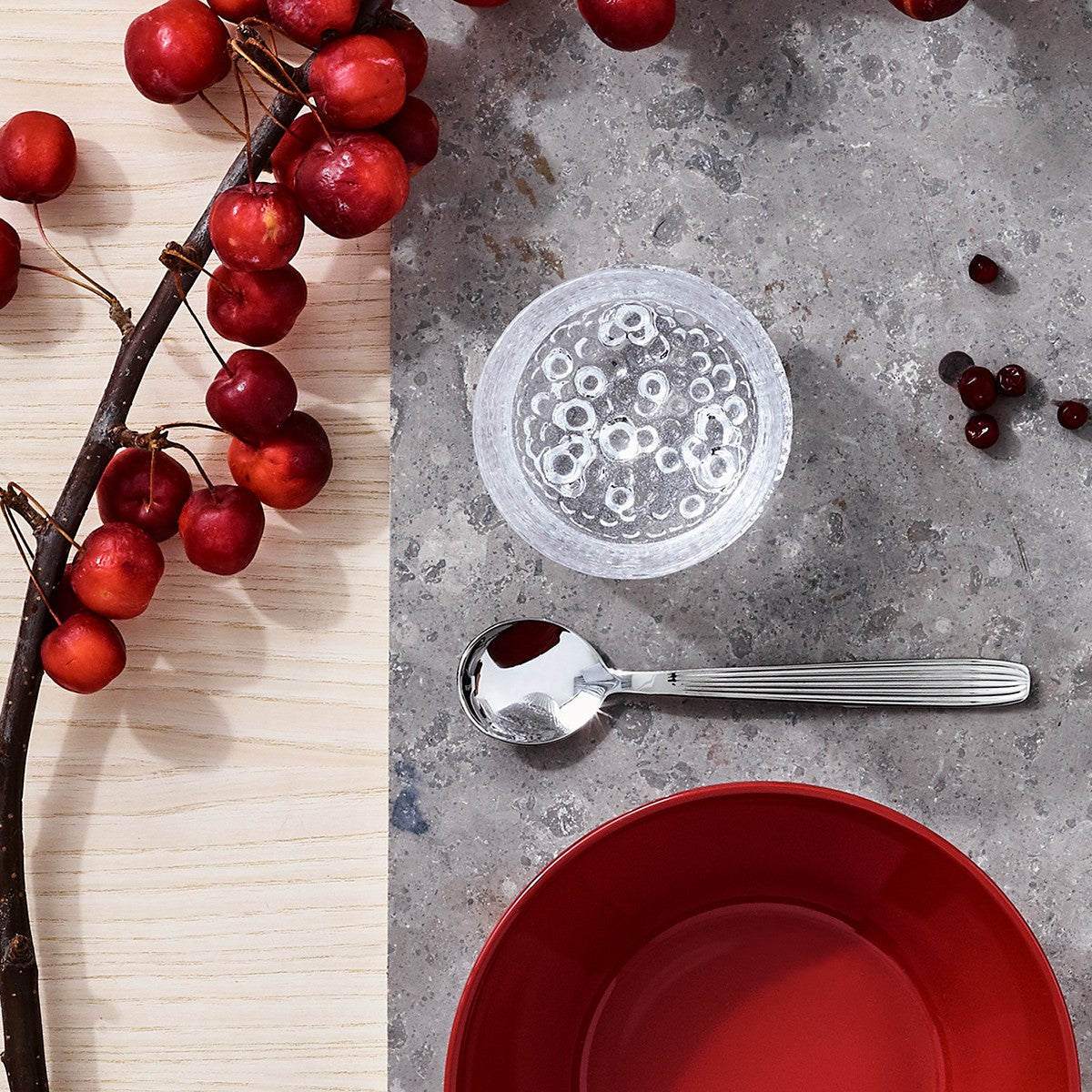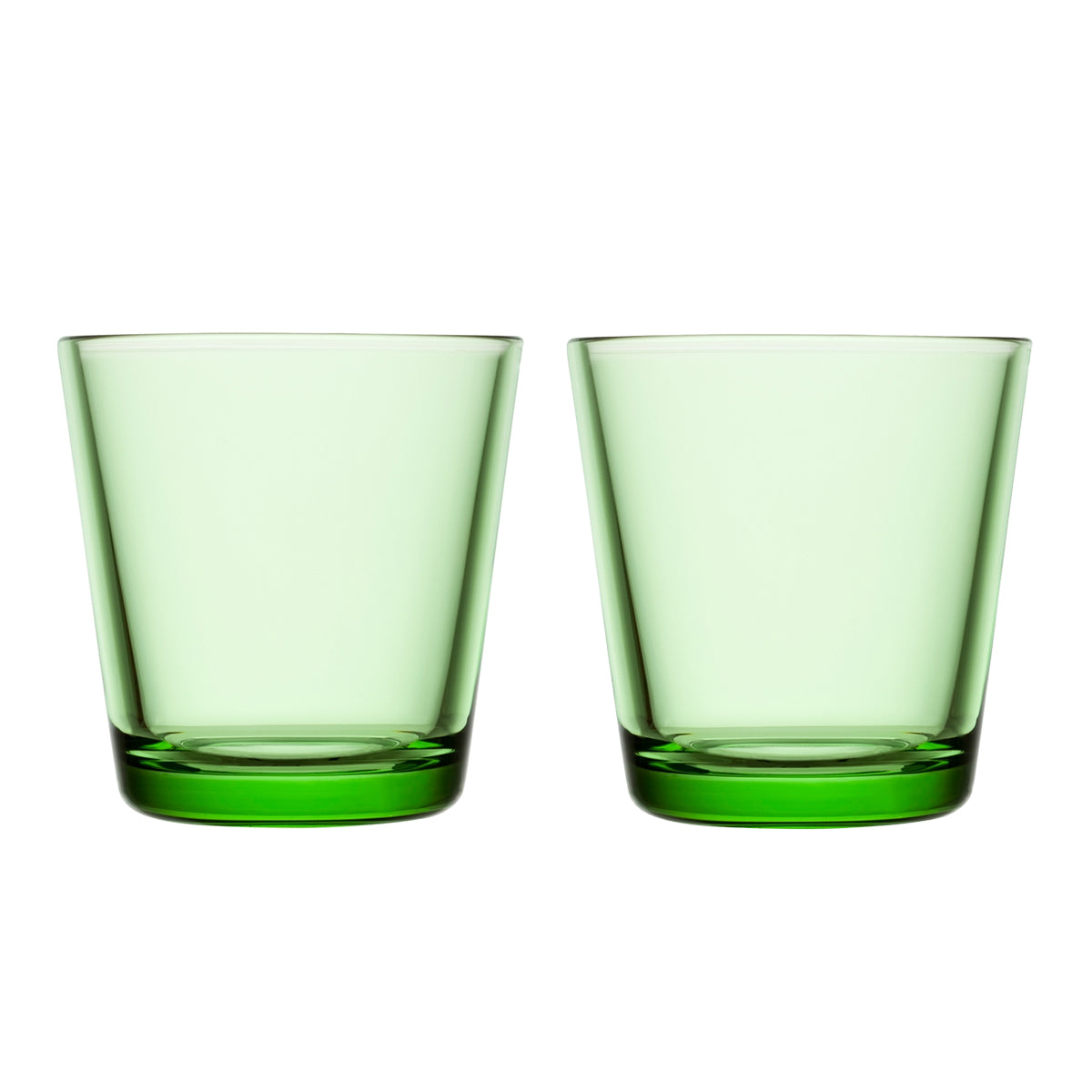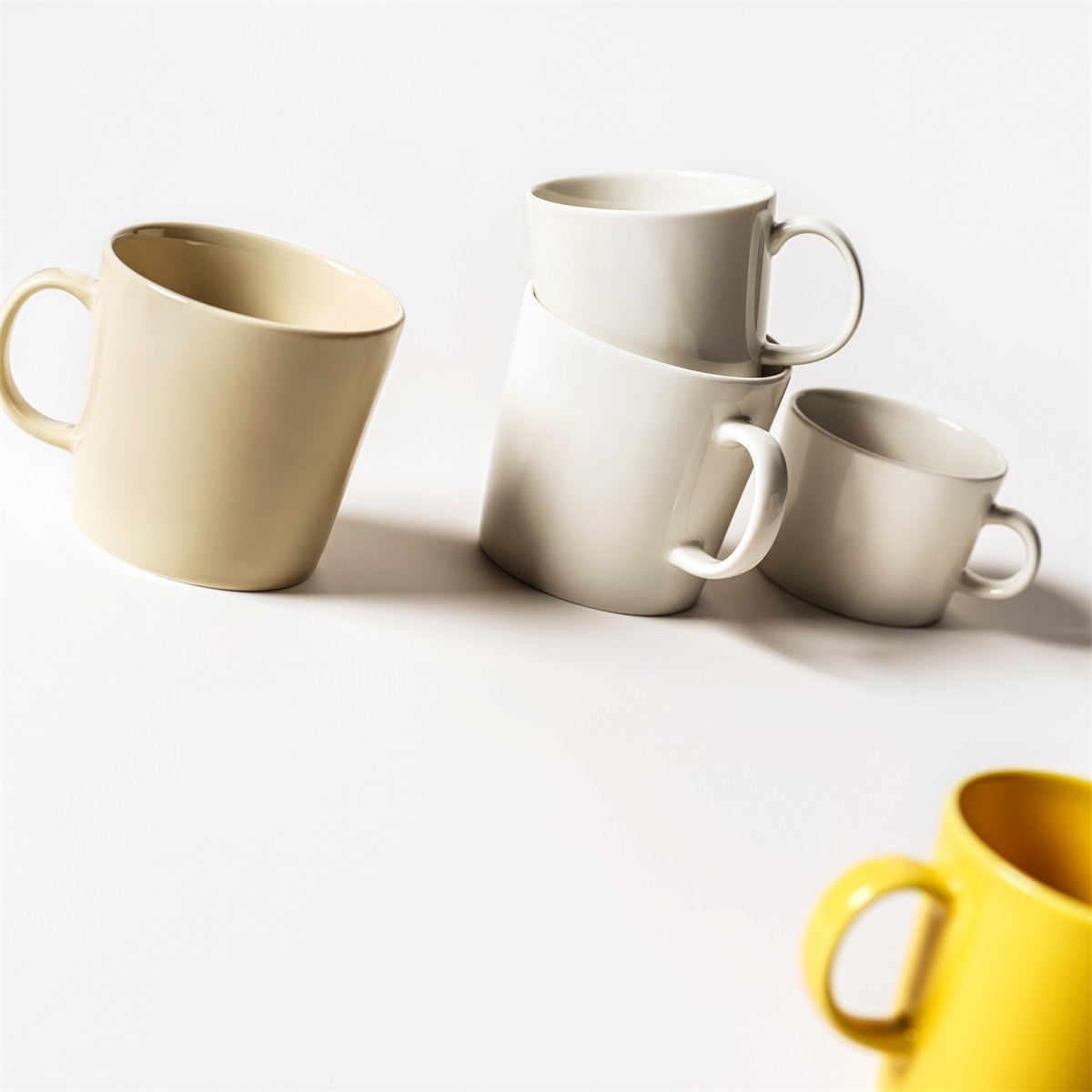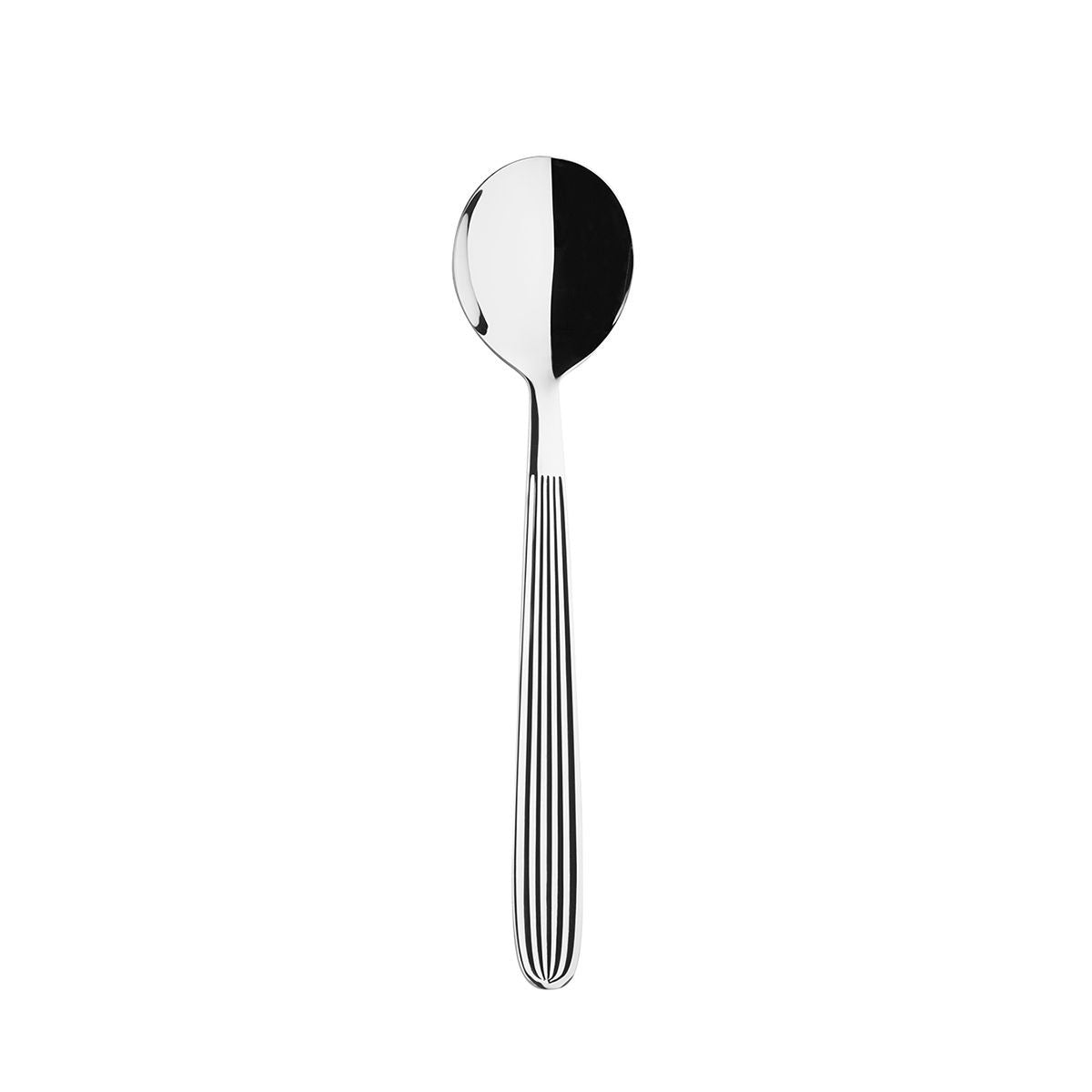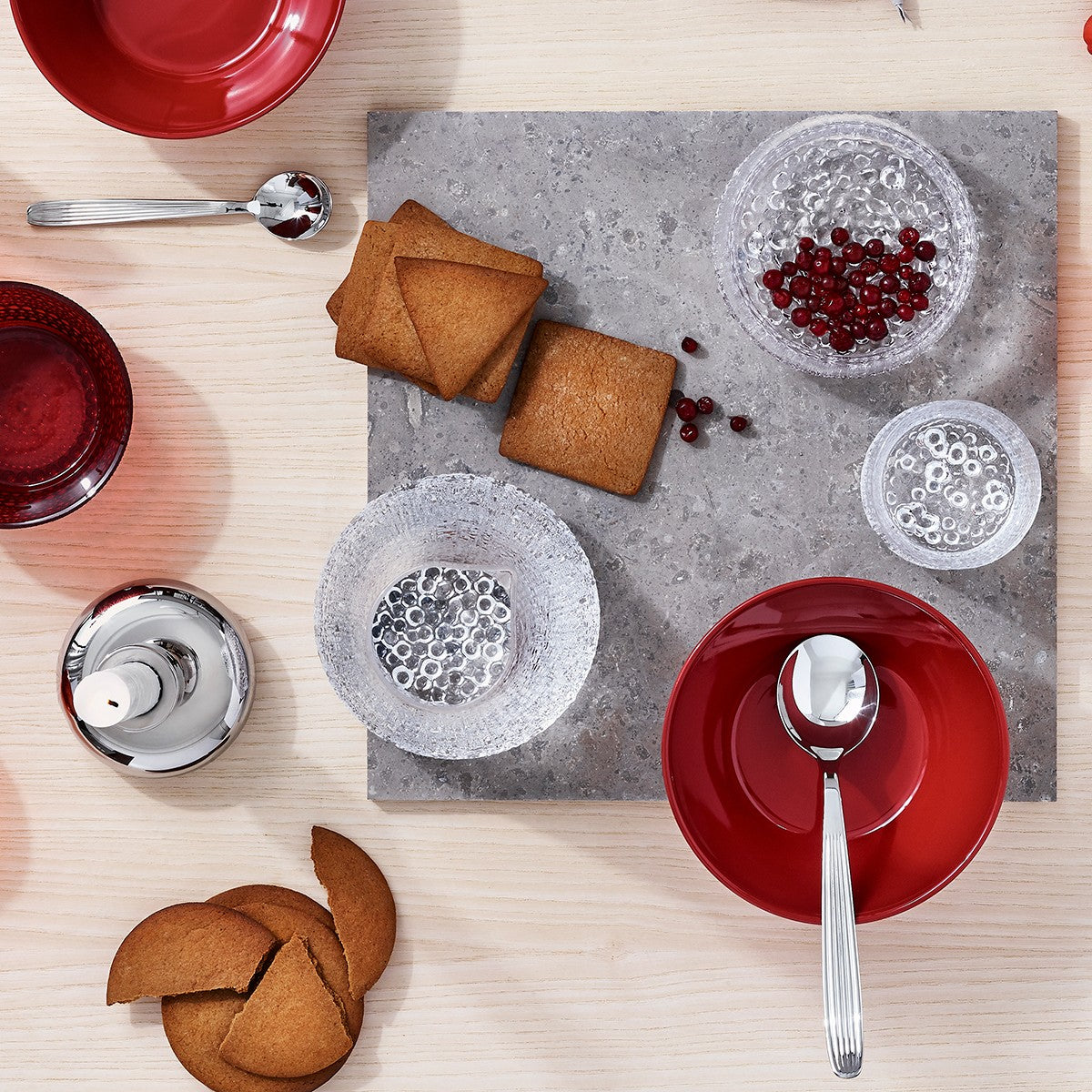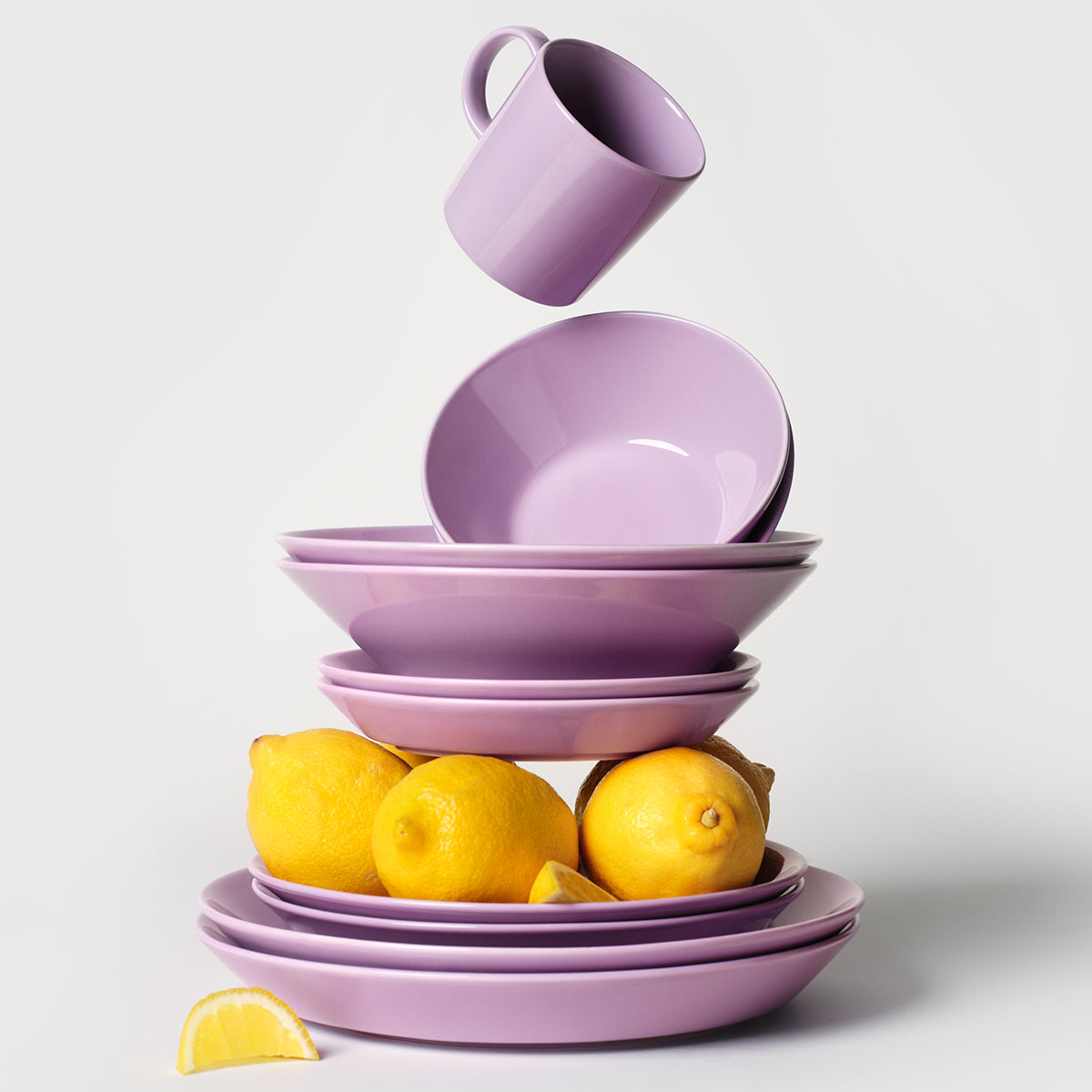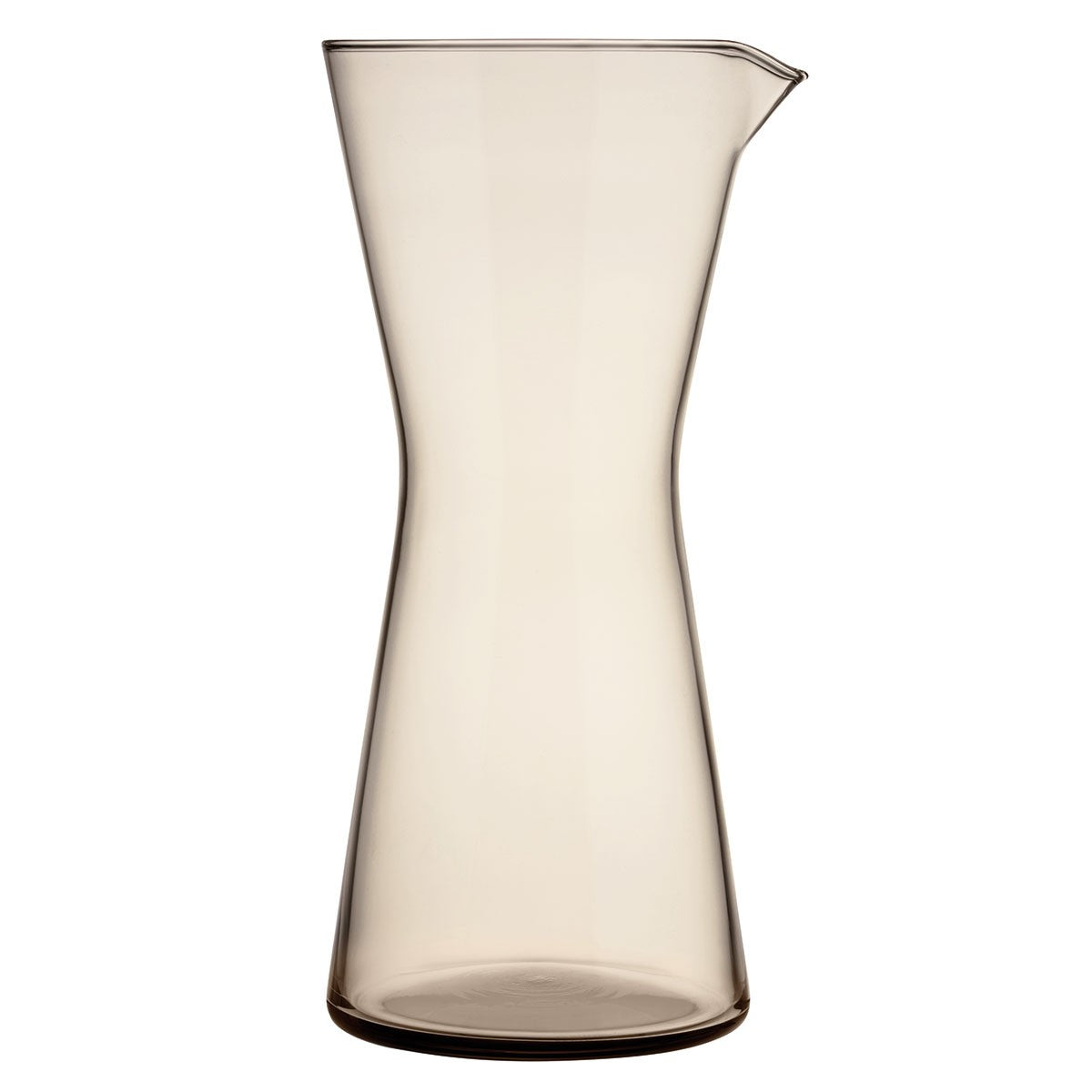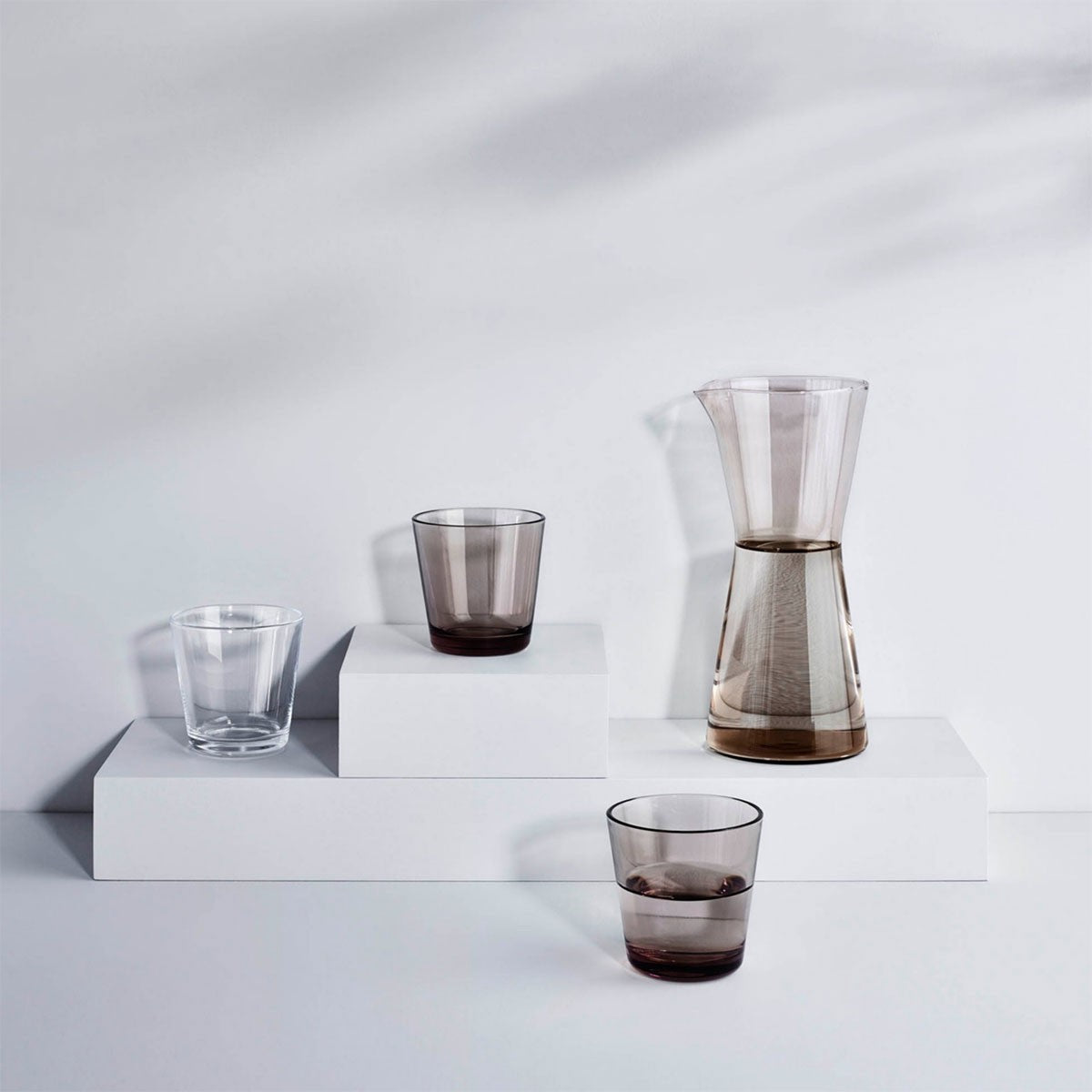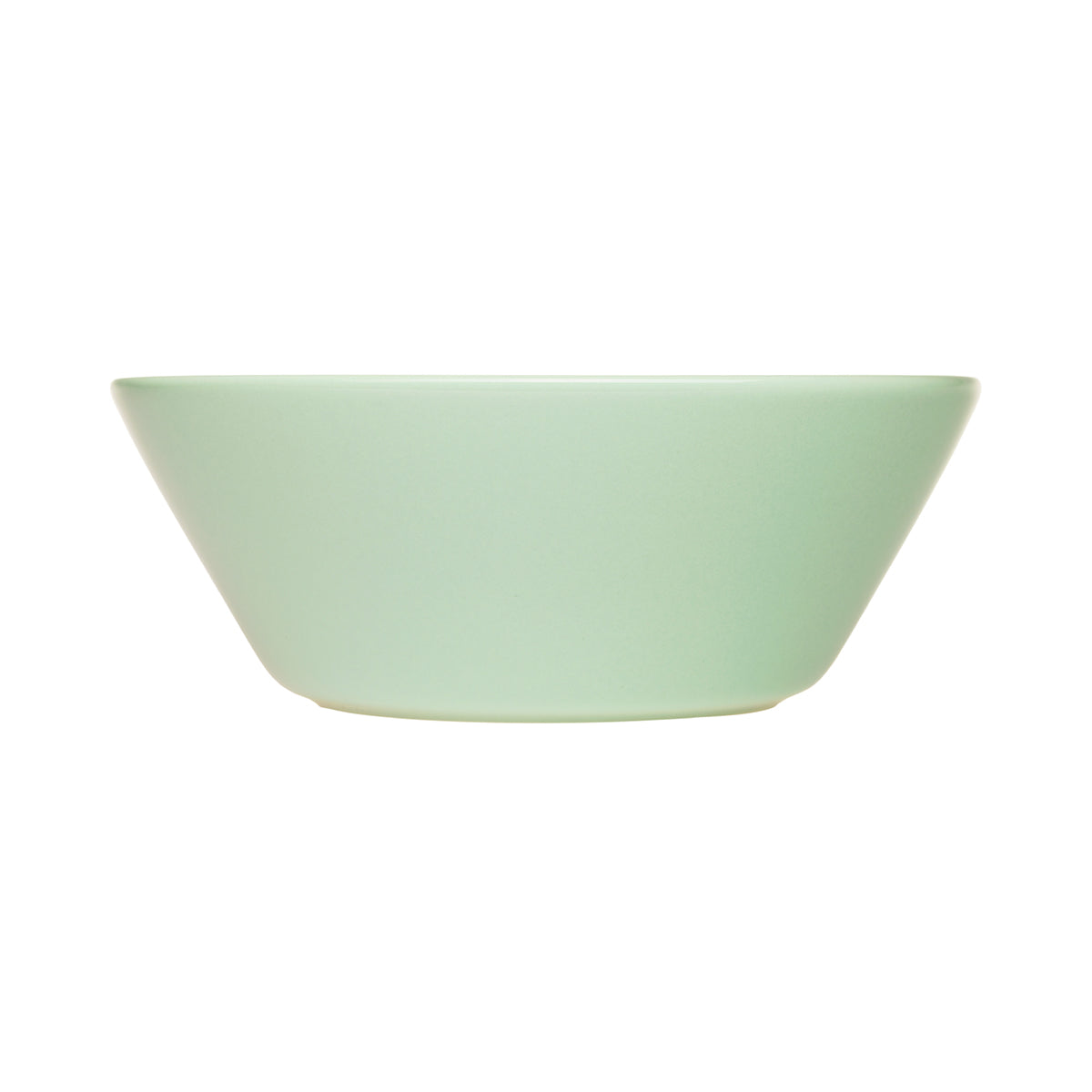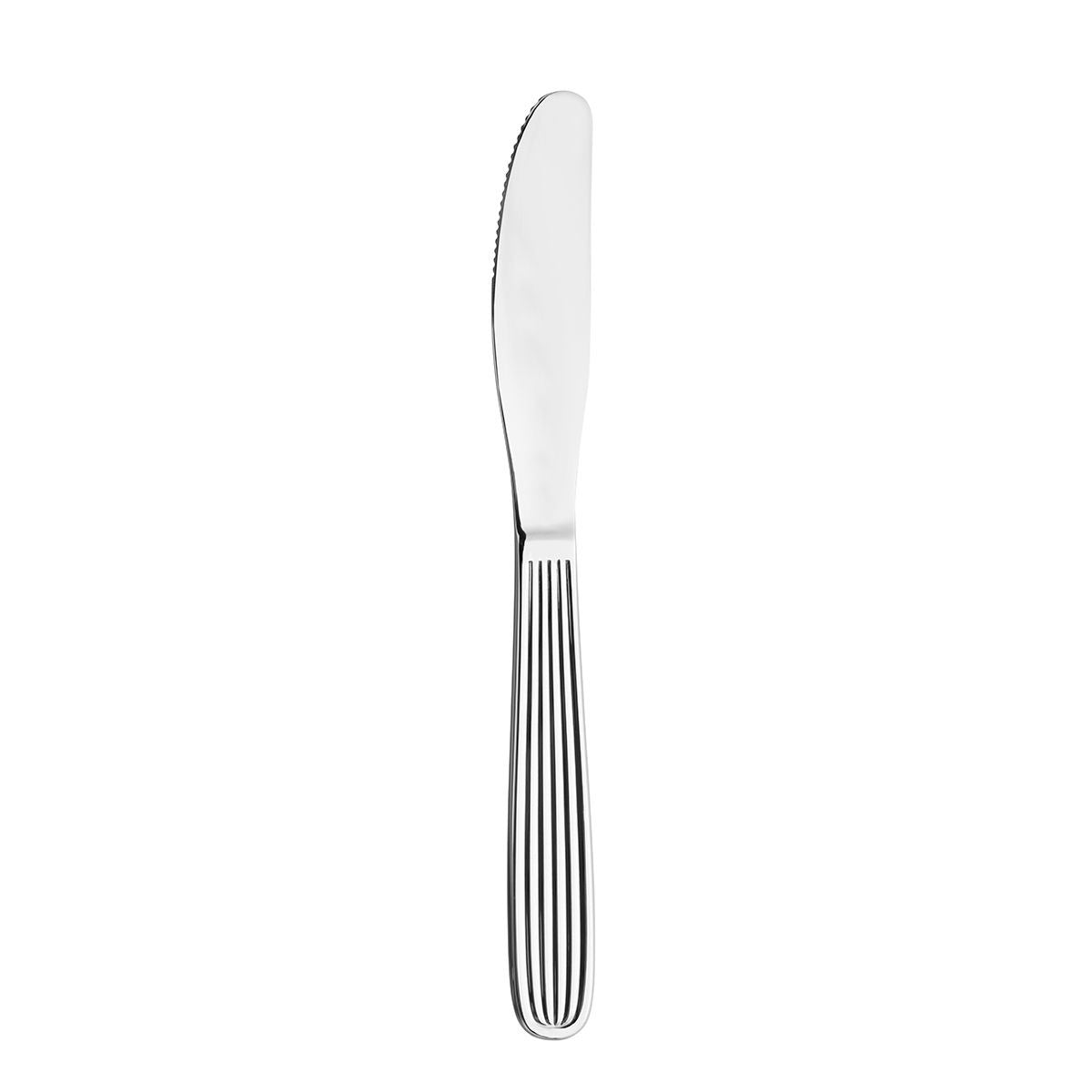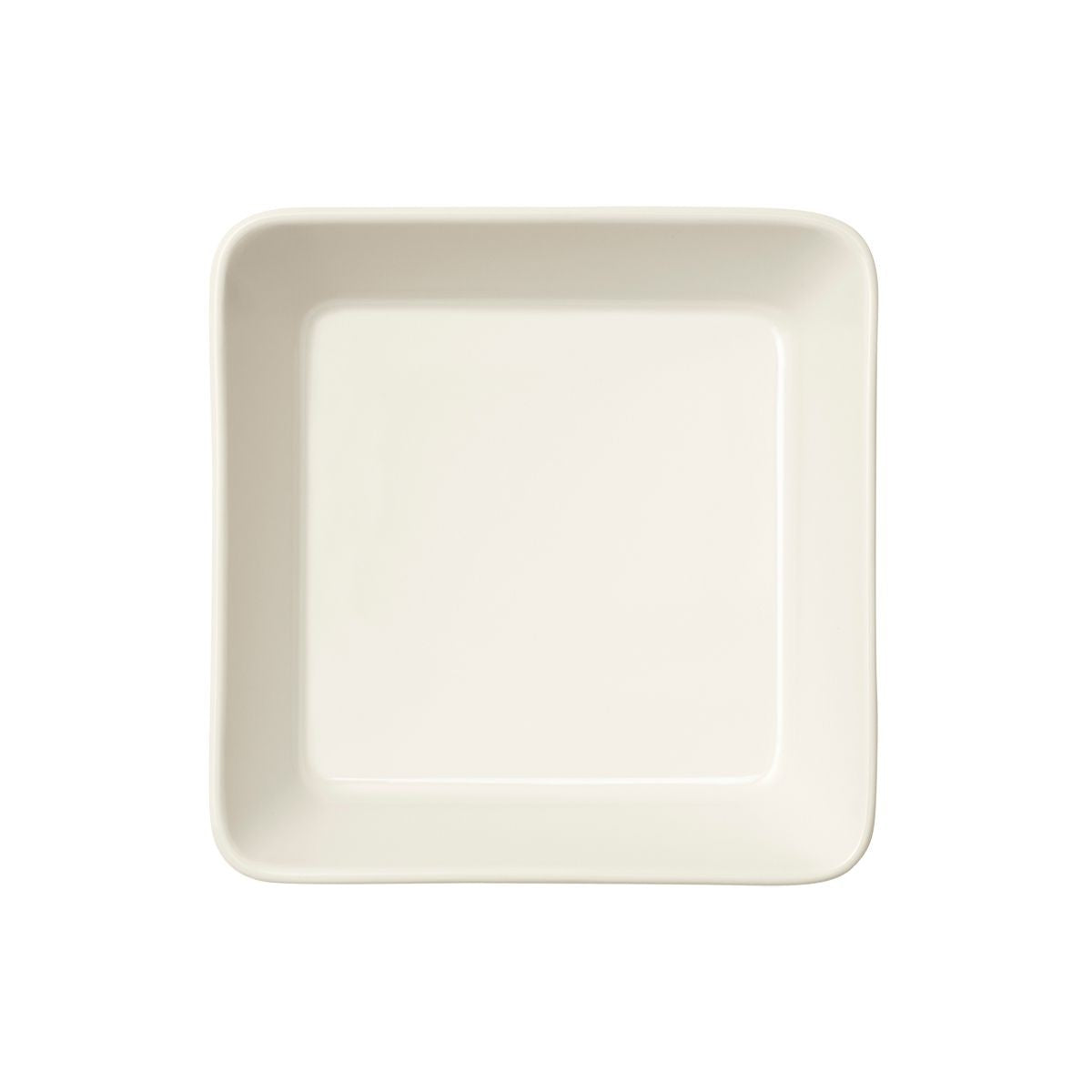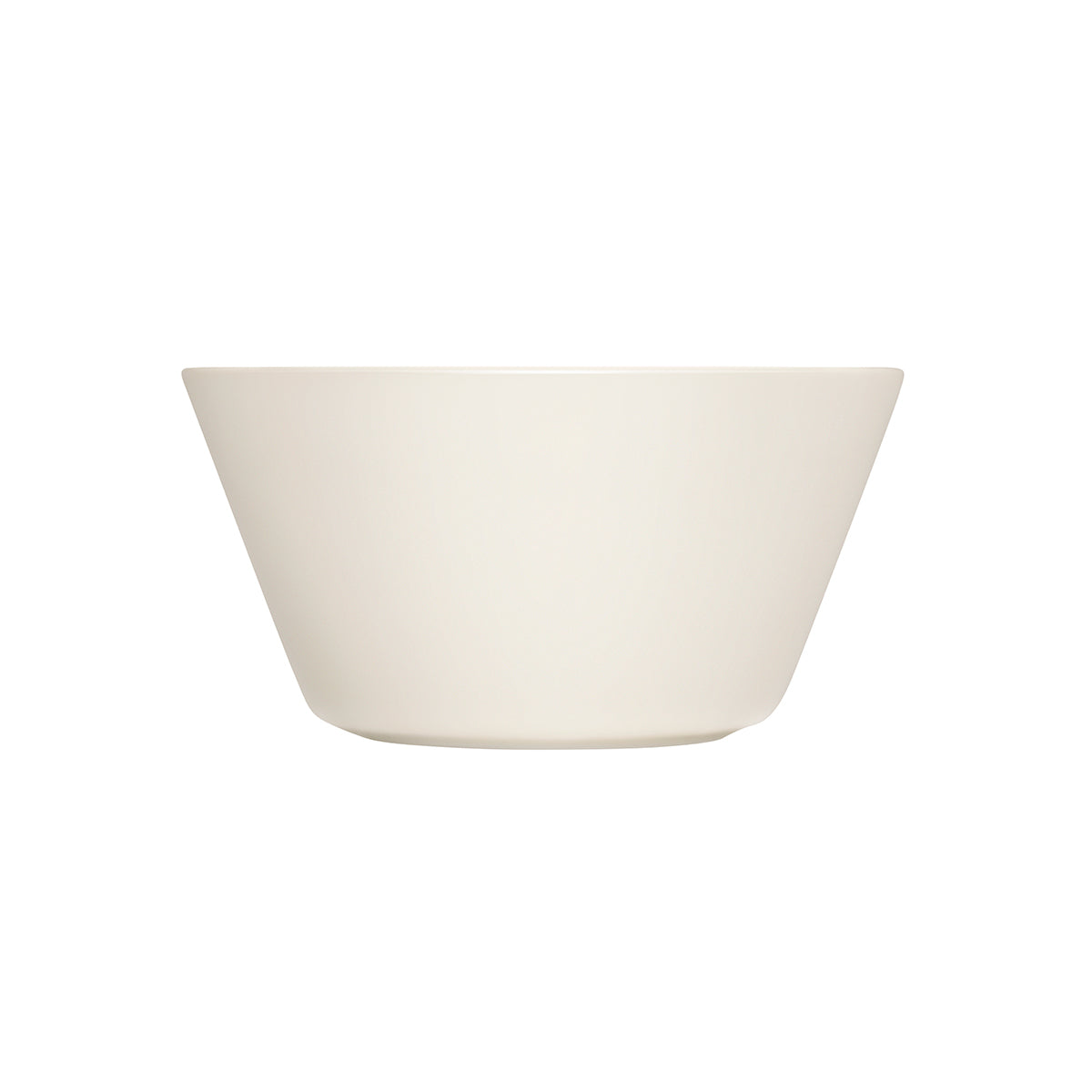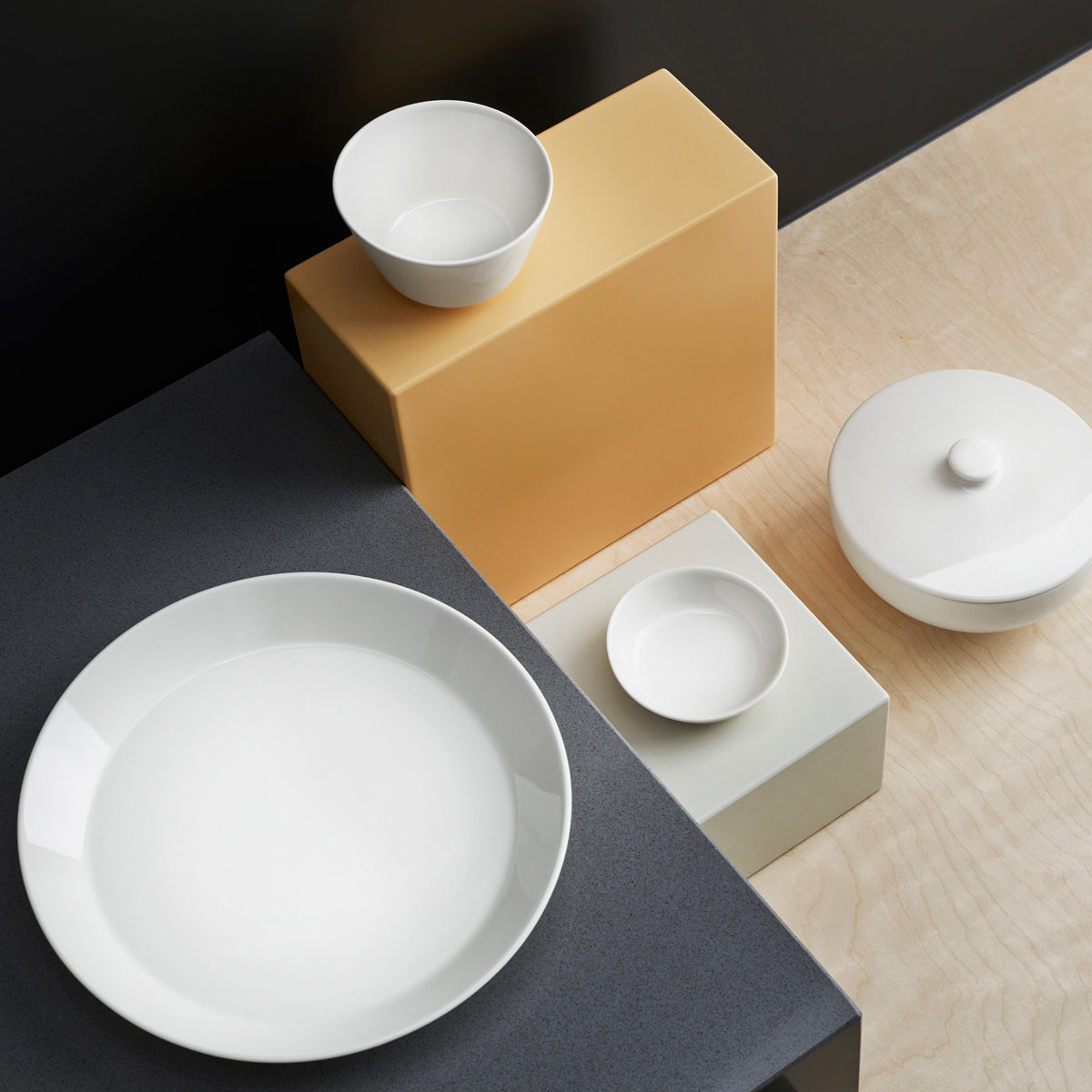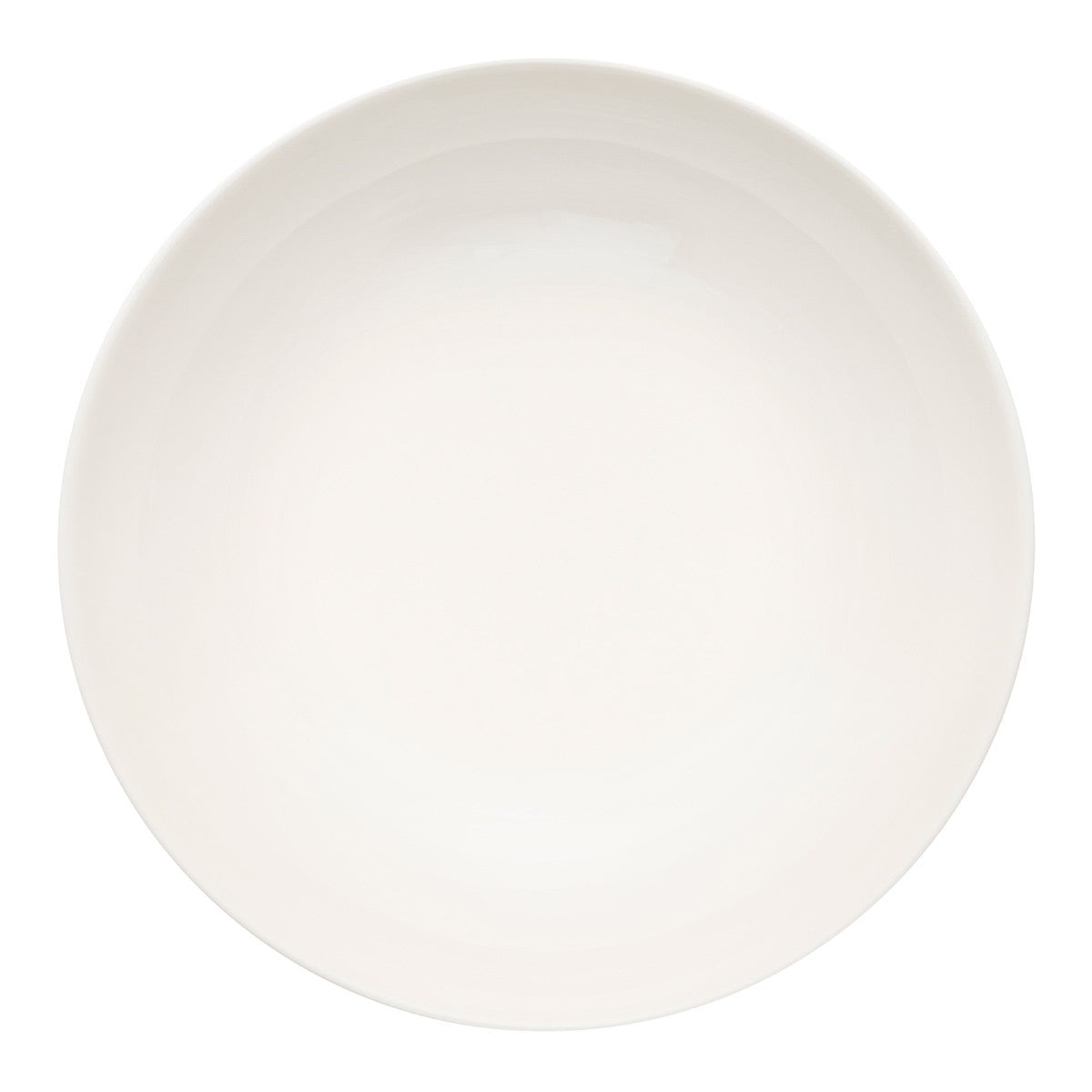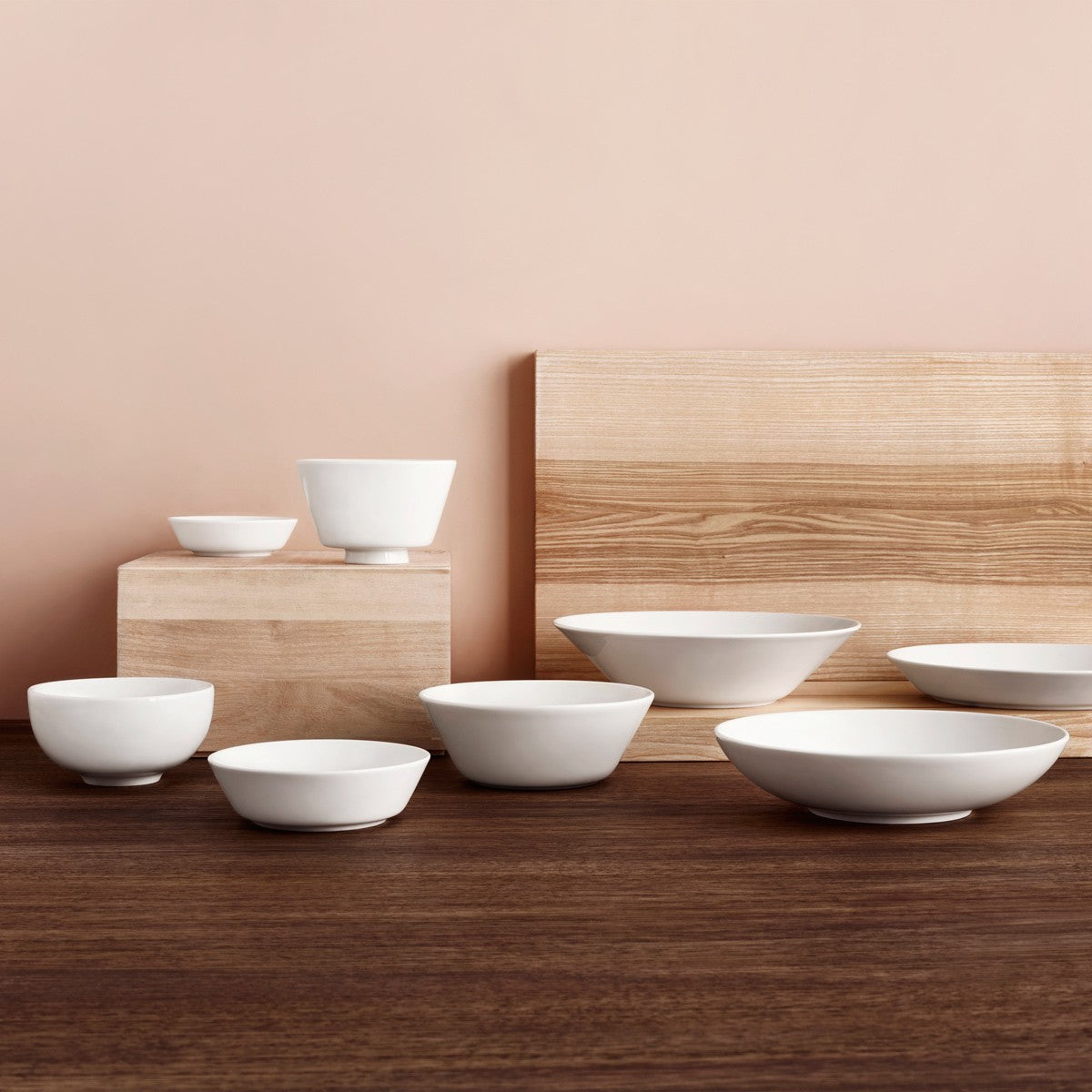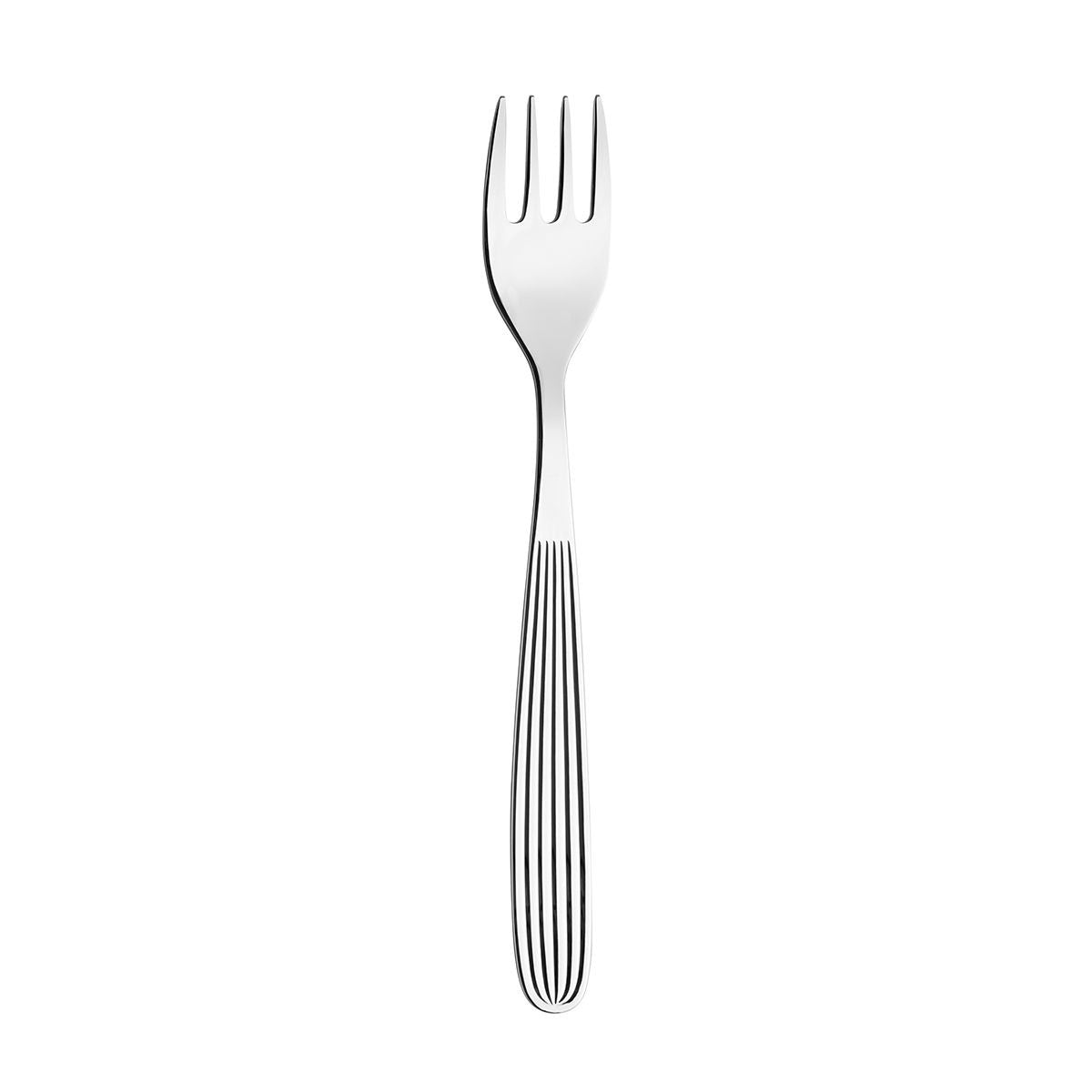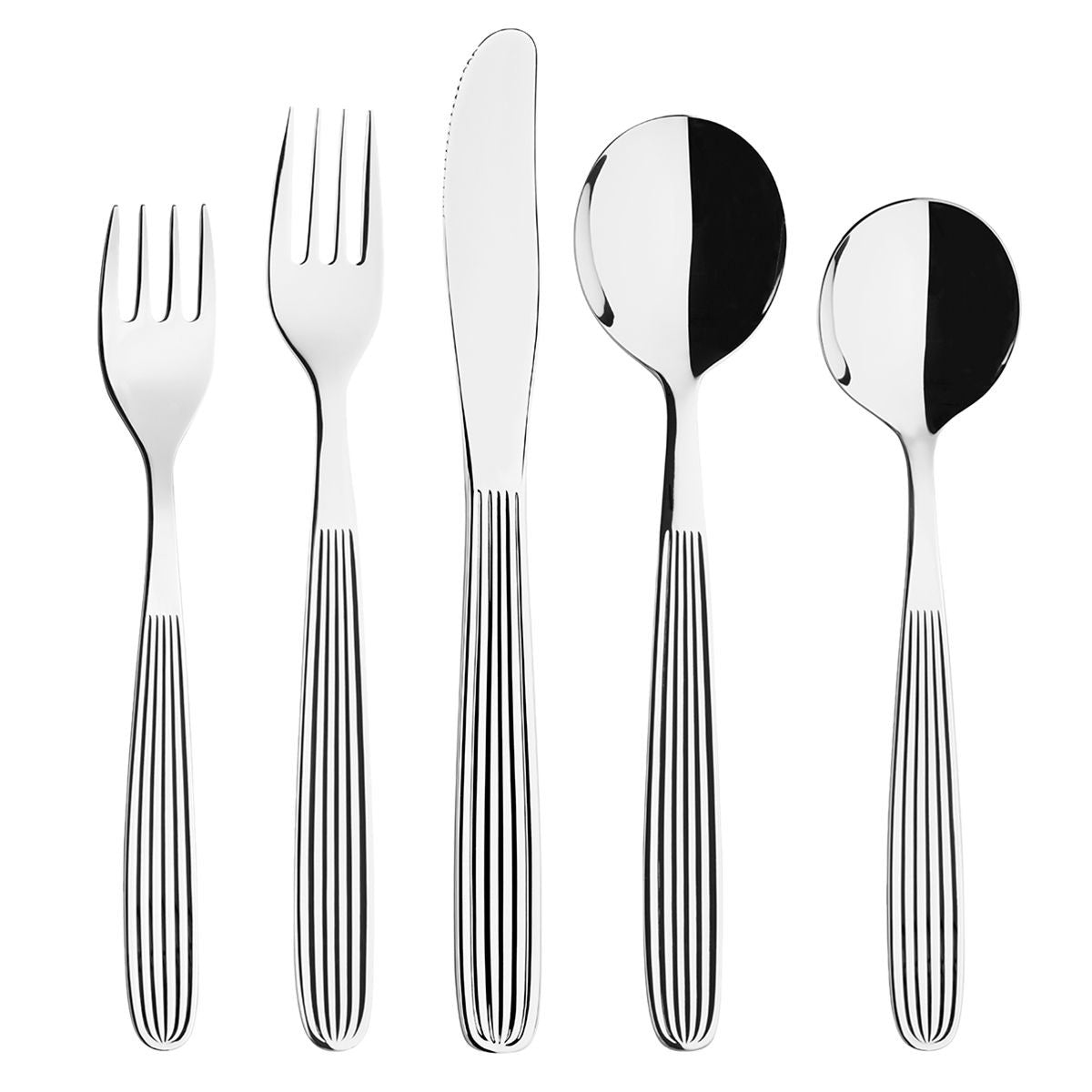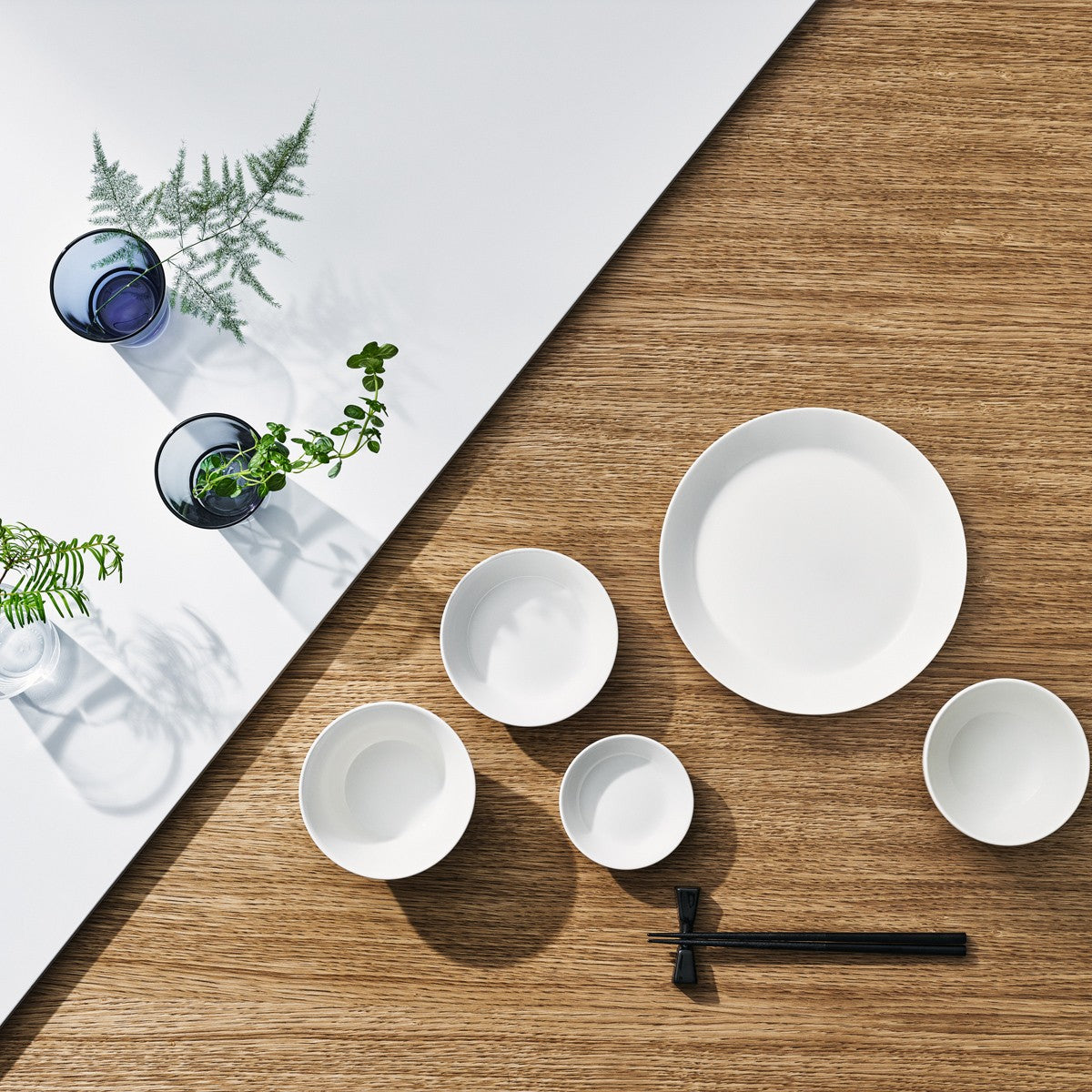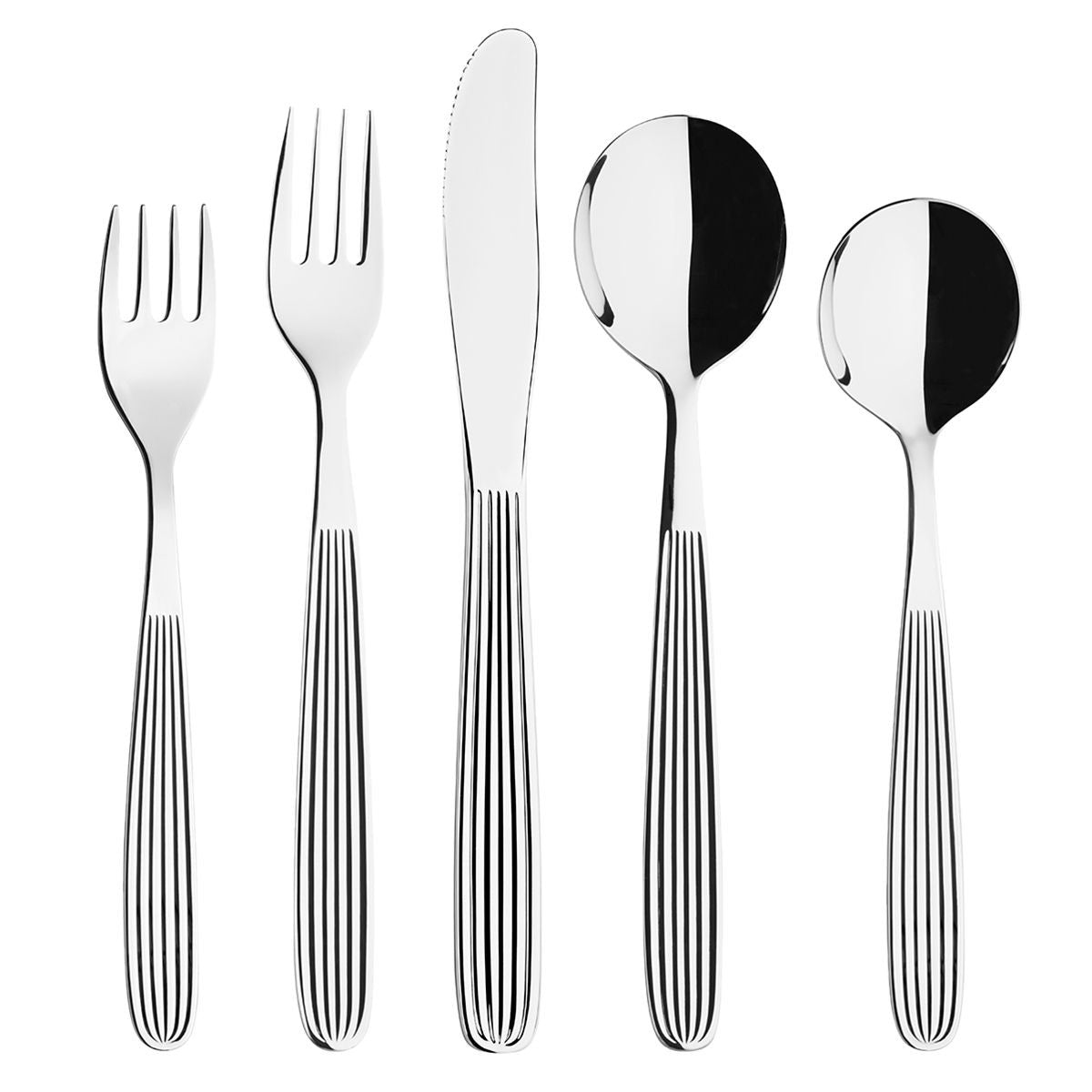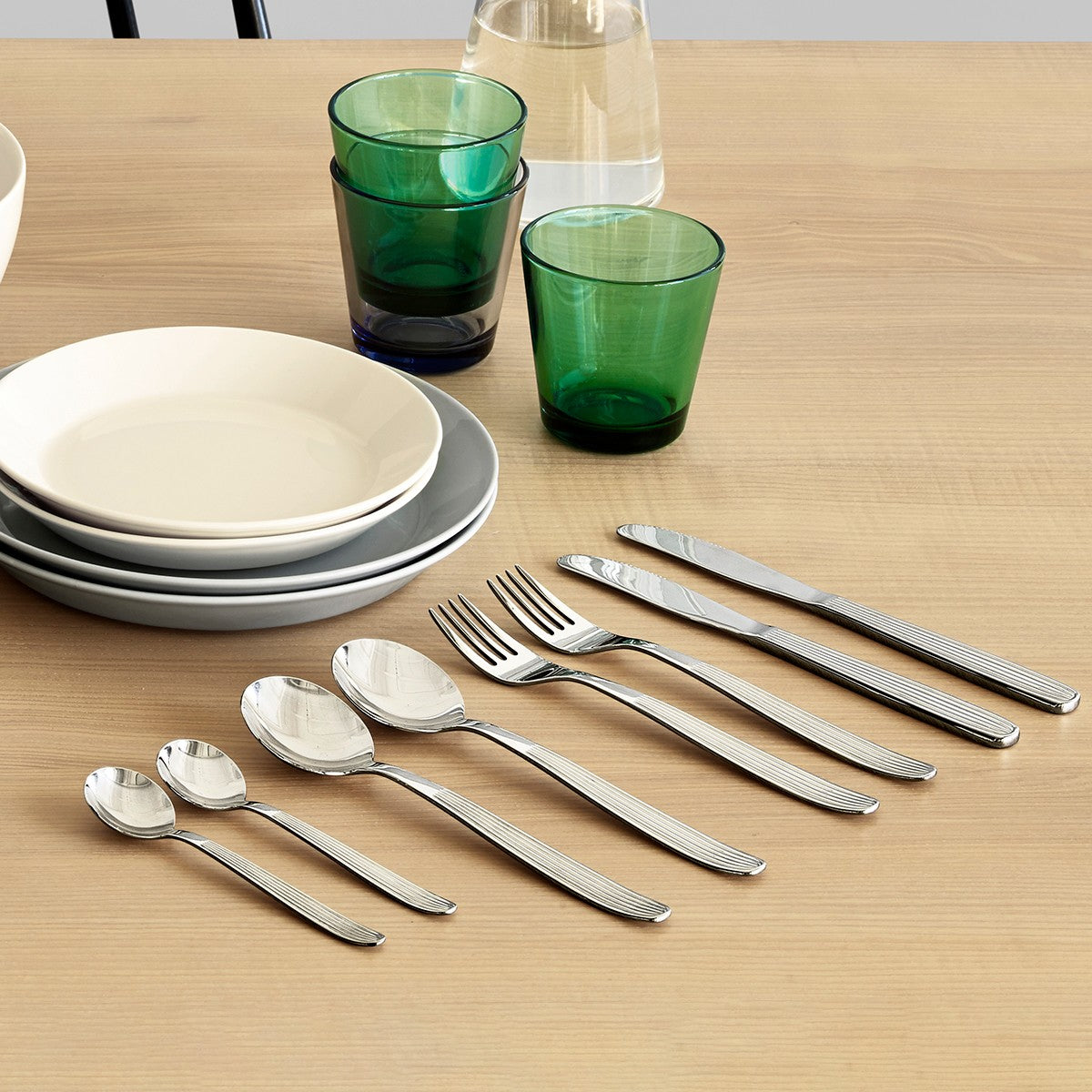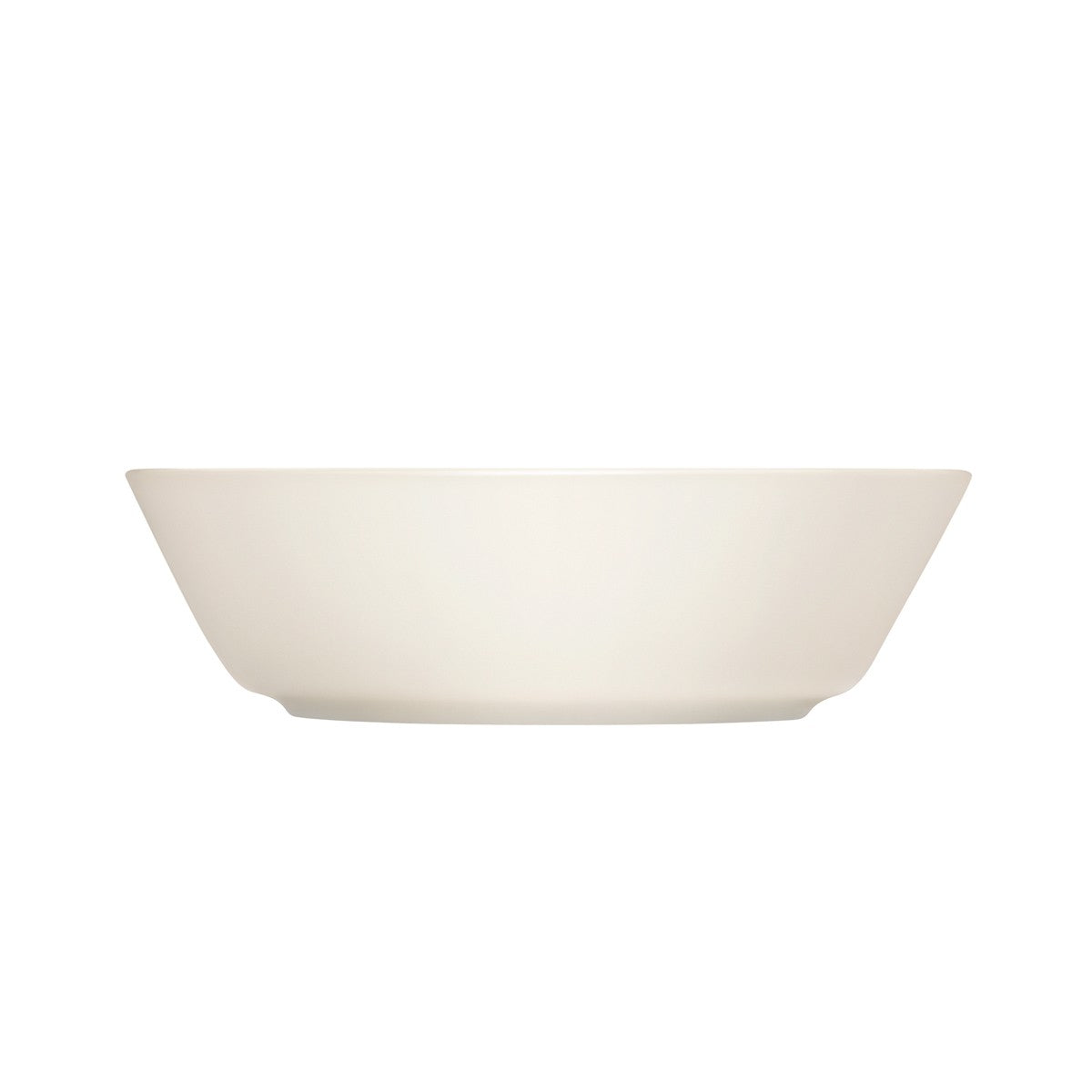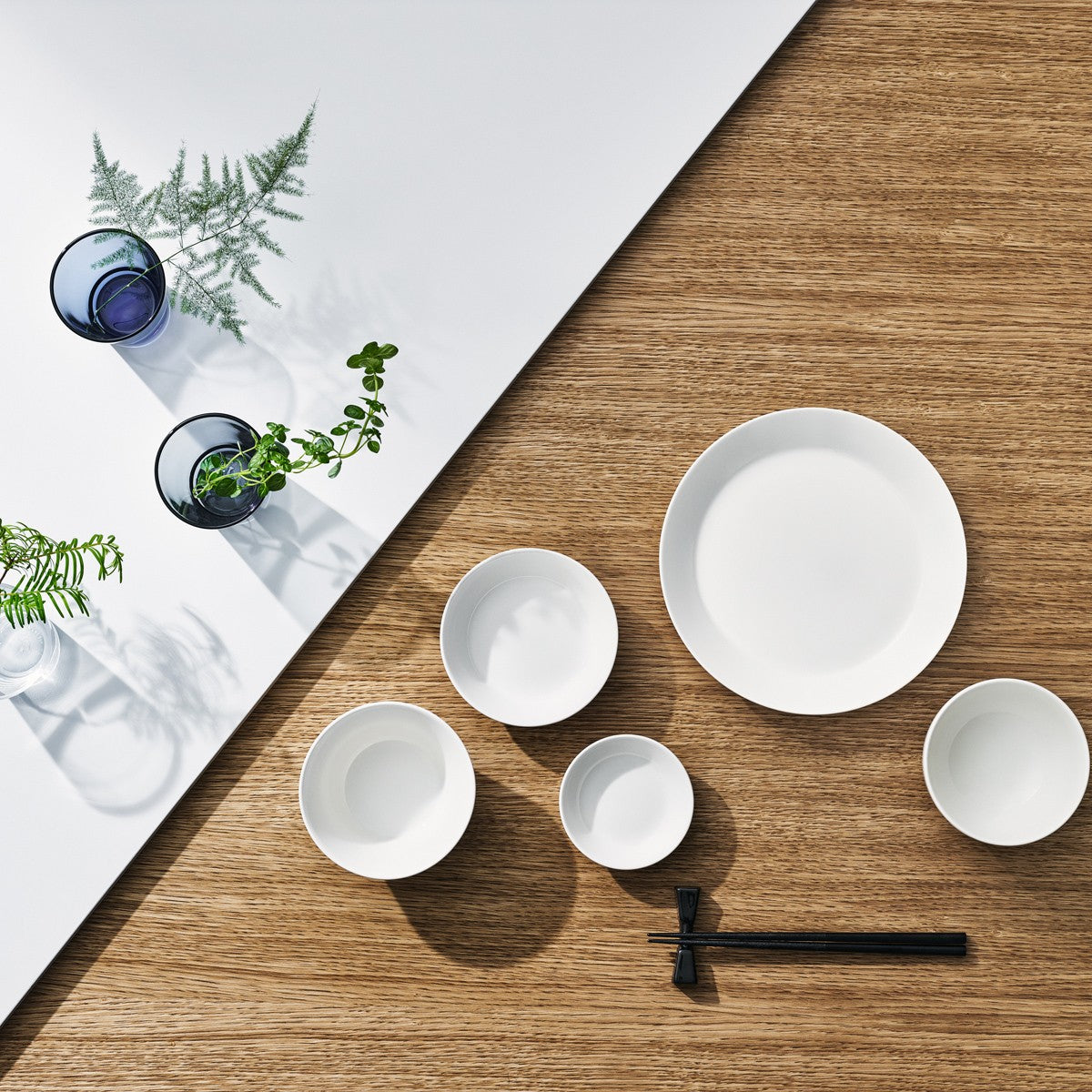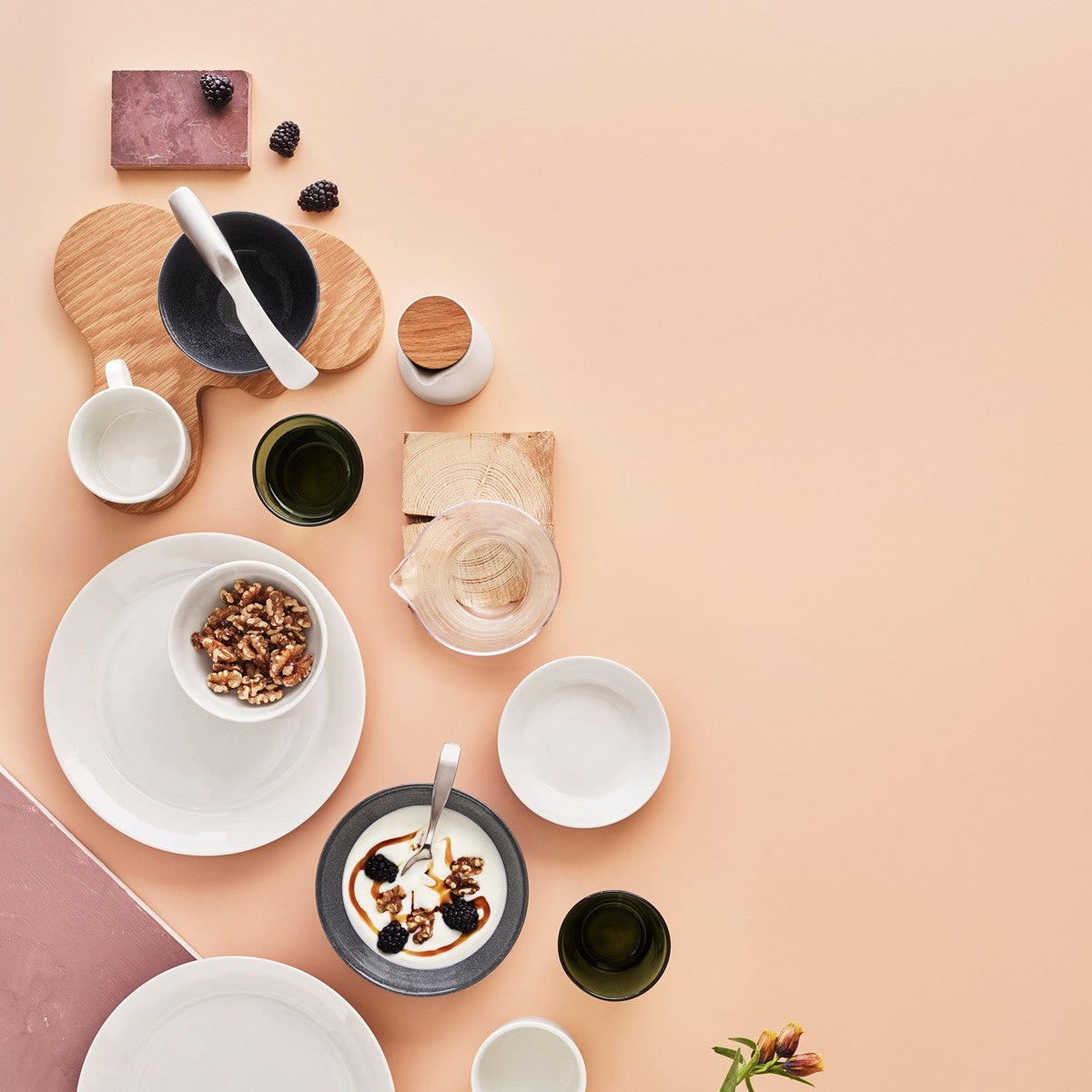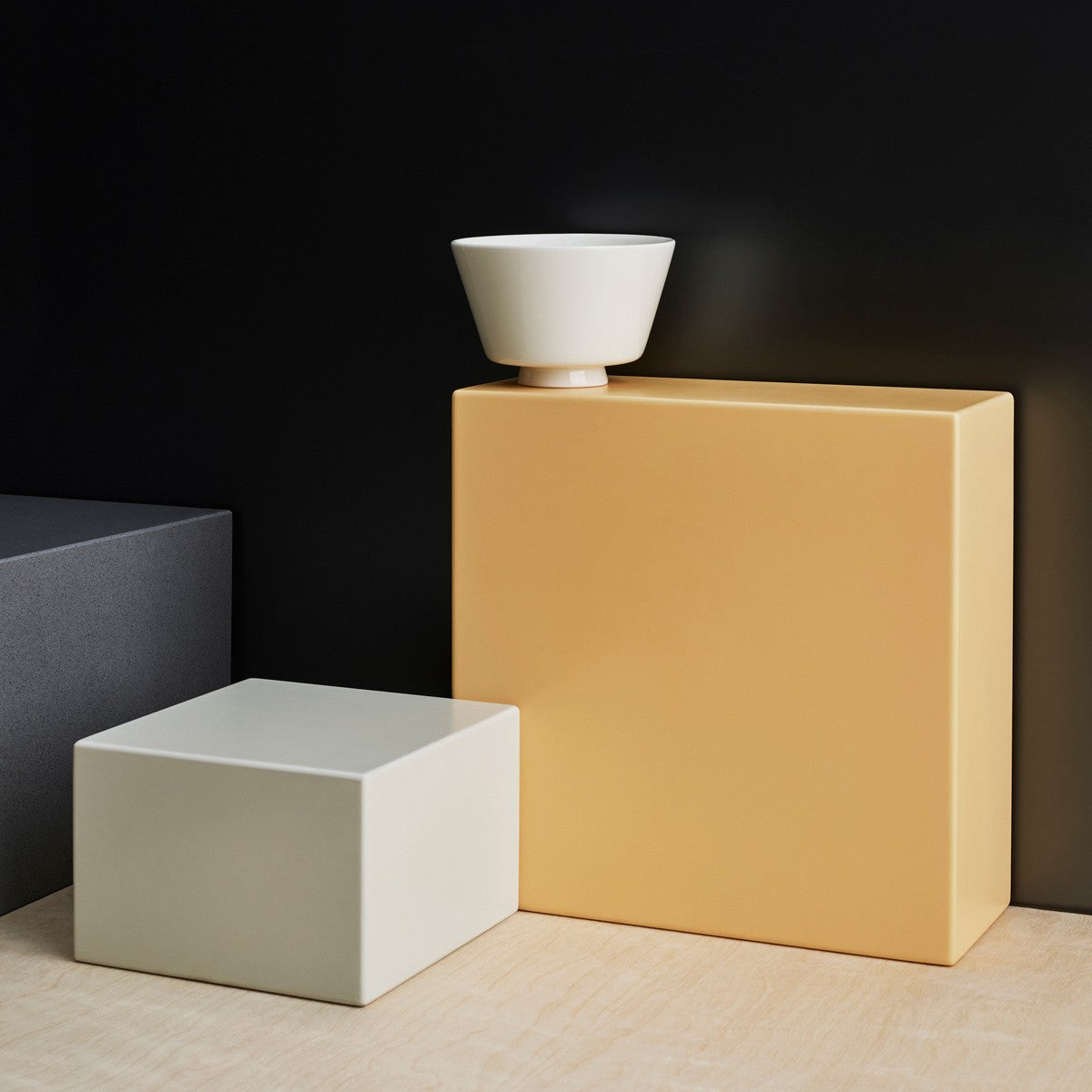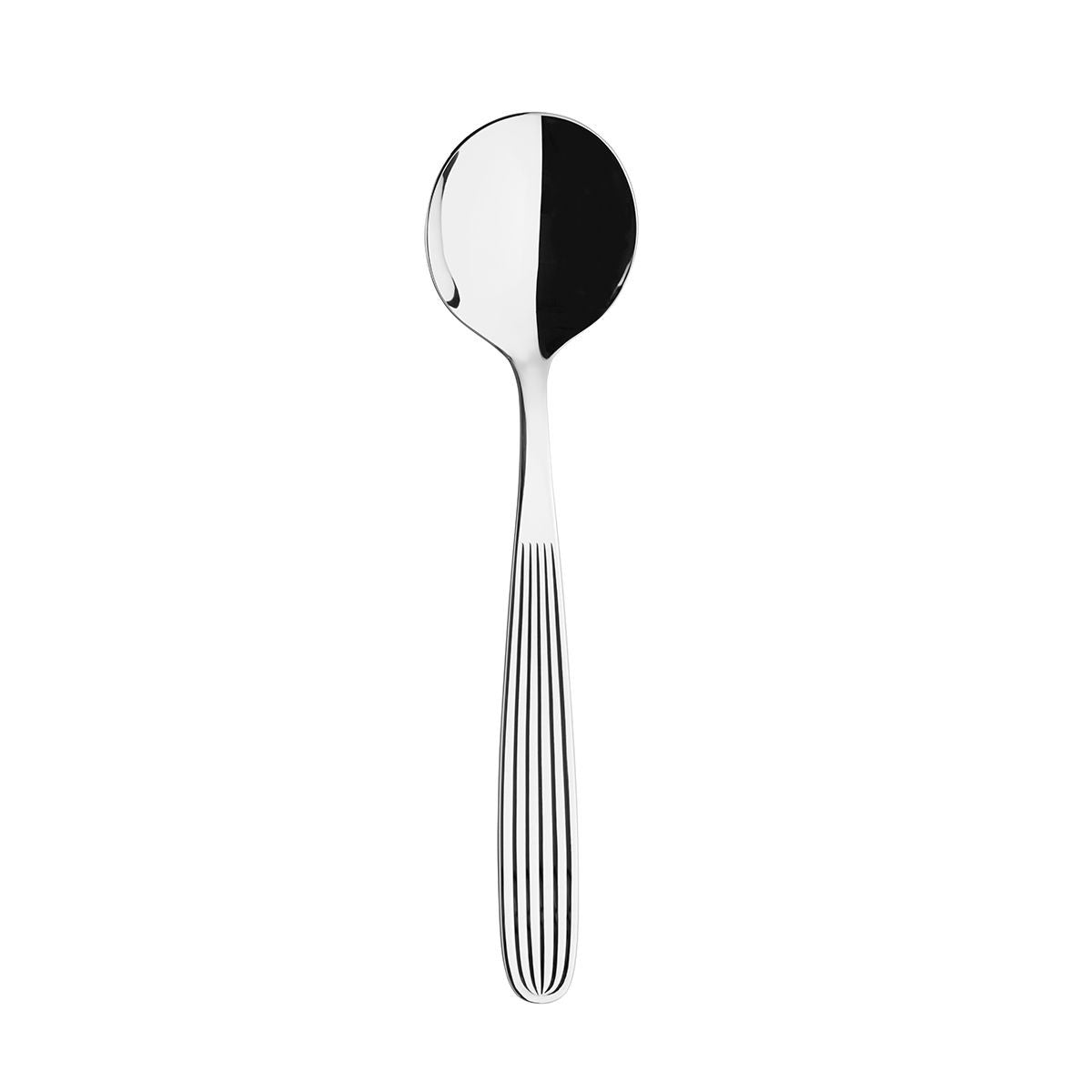Kaj Franck
Born in Finland in the early 1900’s, designer Kaj Franck preferred deconstructed design and valued usability as it directly related to beauty. In removing excessive elements, his simplistic designs are comfortable and easily palatable for home use. Franck’s hauntingly beautiful Kartio Glassware Collection and his sensible Teema Dinnerware Collection are capitol examples of his perfect practicality. Winner of a number of Finnish and international awards, his work continues to be displayed in museums and serves as a proud reminder of the beauty and timeless quality that Finland produces.
Choose your option
iittala Ateenan Aamu Glass Pendants - Set of 3
Choose your option
iittala Teema White Pot with Lid 2.3 L
Choose your option
Choose your option
iittala Kartio Apple Green Large Tumbler - Set of 2
Choose your option
Choose your option
Choose your option
Choose your option
iittala Kartio Apple Green Medium Tumbler - Set of 2
Choose your option
Choose your option
Choose your option
Choose your option
Choose your option
Choose your option
iittala Teema Sage Soup / Cereal Bowl
Choose your option
Choose your option
Choose your option
iittala Teema Tiimi Rice Bowl - 11.5 oz
Choose your option
iittala Teema Tiimi White Pasta Bowl - 8"
Choose your option
Choose your option
iittala Scandia 5-Piece Place Setting - Set of 8
Choose your option
Choose your option
iittala Scandia 5-Piece Place Setting
Choose your option
Choose your option
Choose your option
iittala Teema Tiimi Footed Rice Bowl - 10 oz
Choose your option
Choose your option
About Finnish Design
Finnish design has a long history and is know for simplicity, functionality, and craftsmanship. It's trademark designs emerged in the early 20th century, and gained international attention through pioneers like Alvar Aalto in architecture and furniture, as well as companies such as Iittala, Artek, and Marimekko. Their work emphasized clean lines, natural materials, and a harmonious balance between beauty and practicality. Everything must have a purpose. Iconic products like the Aalto vase, Artek’s Stool 60, and Marimekko’s bold textile patterns established Finland as a leader in modernist design. Over the next century, Finnish design became synonymous with high quality, technical skill, and timeless aesthetics—qualities that have earned it global recognition, particularly during the postwar years when Nordic design was celebrated worldwide, and still is. Today, Finnish products continue to enjoy international respect, not only for their aesthetic value but also for their reputation of reliability, thoughtful construction, and cultural authenticity.










